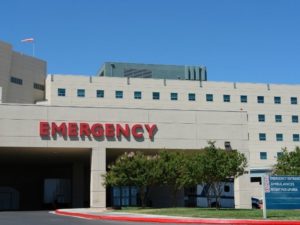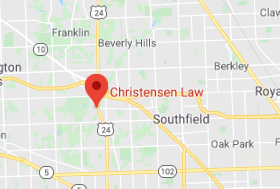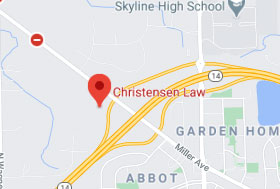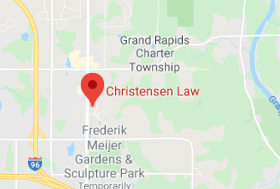
Trauma experts refer to the first 60 minutes after a serious injury as the “golden hour.” Getting the right treatment within one hour of an injury gives patients the best chance of survival and optimal recovery. According to the American College of Surgeons’ Committee on Trauma (ACS), this means getting care at a Level I or Level II trauma center.
Unfortunately, as many as 50 million Americans do not have access to gold-standard trauma centers within an hour of their homes, according to a five-part series on the U.S. trauma system by the ACS. Yet patients with moderate to severe injuries who are treated at a Level I trauma center have a 25 to 30 percent better chance of survival than those who don’t.
Were You Undertriaged?
Being undertreated for an injury can have dangerous and deadly outcomes. Researchers in one study found that as many as 34 percent of seriously injured patients are “undertriaged,” or received incomplete care, in the time period following their accidents.
In addition, 1 in 3 patients in the study were treated at lower-level trauma centers or non-trauma centers. More than 40 percent of those patients were suffering from traumatic brain injuries (TBI).
Why Are So Many People Missing Out On the Treatment They Need?
A variety of factors contribute to why injured people are missing out on the care they need, the researchers say.
- Not knowing what to do: The first part of trauma care actually begins with the bystanders who witness the accident. Beyond calling 911, many people do not know the first aid techniques that can save people’s lives, such as tying tourniquets to stop heavy bleeding.
- Distance to trauma centers: Around 43 percent of Americans live far away from a designated trauma center, delaying their access to specialized care.
- Undertrained police and EMS: Nationwide training protocols and preparation for emergency medical situations can vary, meaning that survival can vary significantly from community to community.
- Lack of facilities: There are 2,000 Level I-IV trauma centers in the U.S. But according to experts, that’s not enough to accommodate the number of seriously injured patients who are brought to emergency departments each year.
Where are the Trauma Centers in Detroit?
According to the ACS, there are 46 trauma centers in Michigan. Five are in Detroit, including:
- Detroit Medical Center Children’s Hospital: Level I
- Detroit Receiving Hospital: Level I
- Henry Ford Hospital: Level I
- Sinai-Grace Hospital: Level II
- Ascension St. John Hospital: Level II
Here’s what each level of trauma center can do:
- Level I trauma centers provide the most specialized care, from treatment to recovery to rehabilitation.
- Level II trauma centers can initiate definitive care for all injured patients, but certain patient needs may need transfer to a Level I center.
- Level III trauma centers can provide assessment and resuscitation efforts, as well as surgery, intensive care, and stabilization of injured patients.
- Level IV centers work to provide advanced trauma life support (ATLS) to patients before transfer to higher-level care centers.
- Level V centers are prepared to provide basic emergency room services to injured patients and coordinate transfers to other facilities.
If you’ve been injured in an accident in Detroit, aim to get to a Level I or II facility if you can.
Contact a Detroit Injury Lawyer at Christensen Law
A personal injury lawyer can help you pursue compensation for your medical expenses, lost income, and other losses if someone else is responsible for the accident that harmed you. Learn your legal options by scheduling a free consultation with a Detroit personal injury lawyer at Christensen Law today. Call or contact us now to get started.





